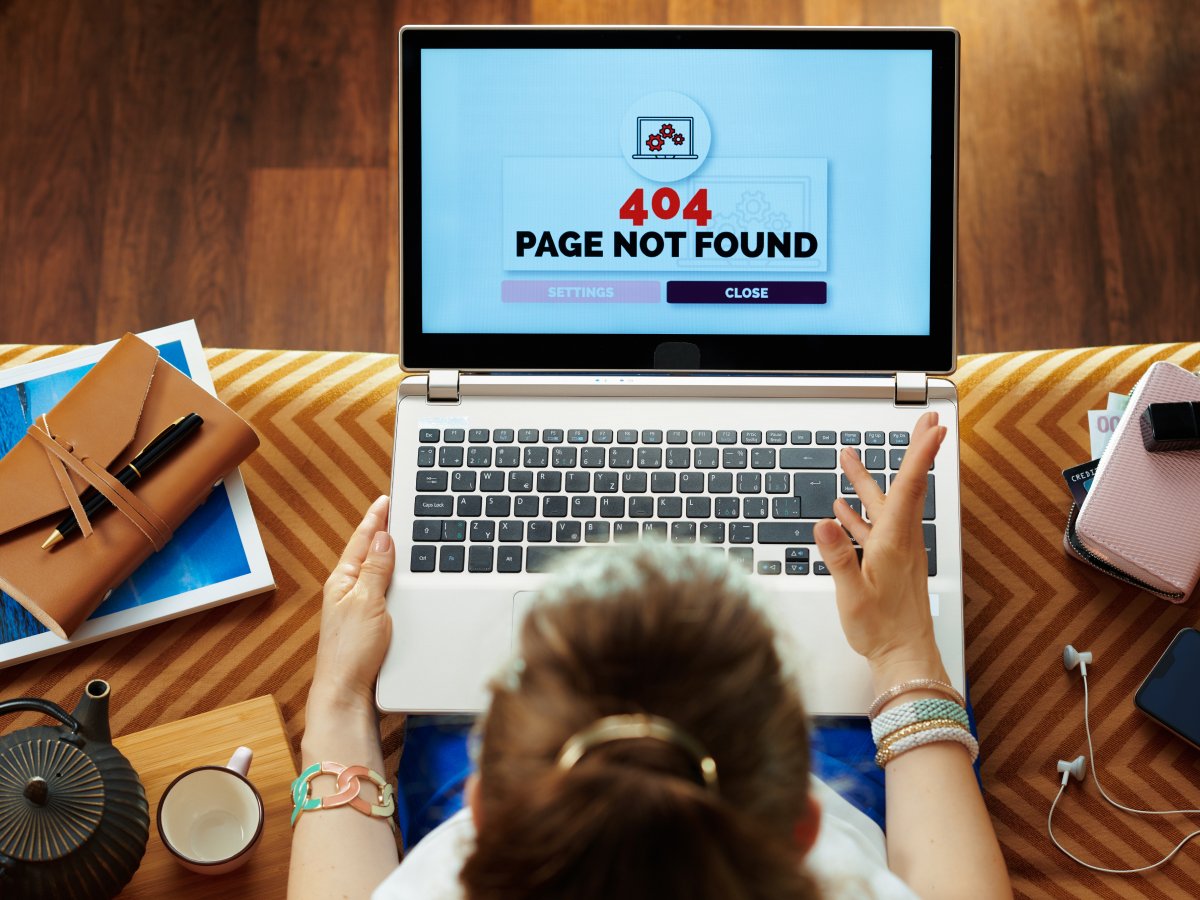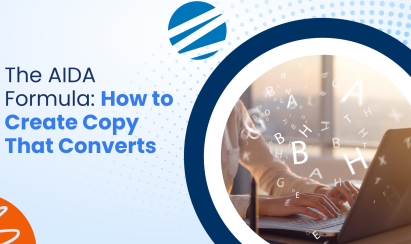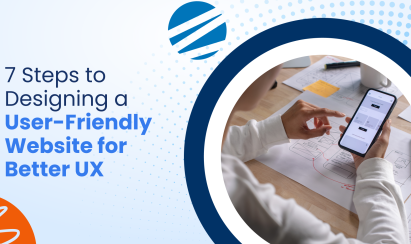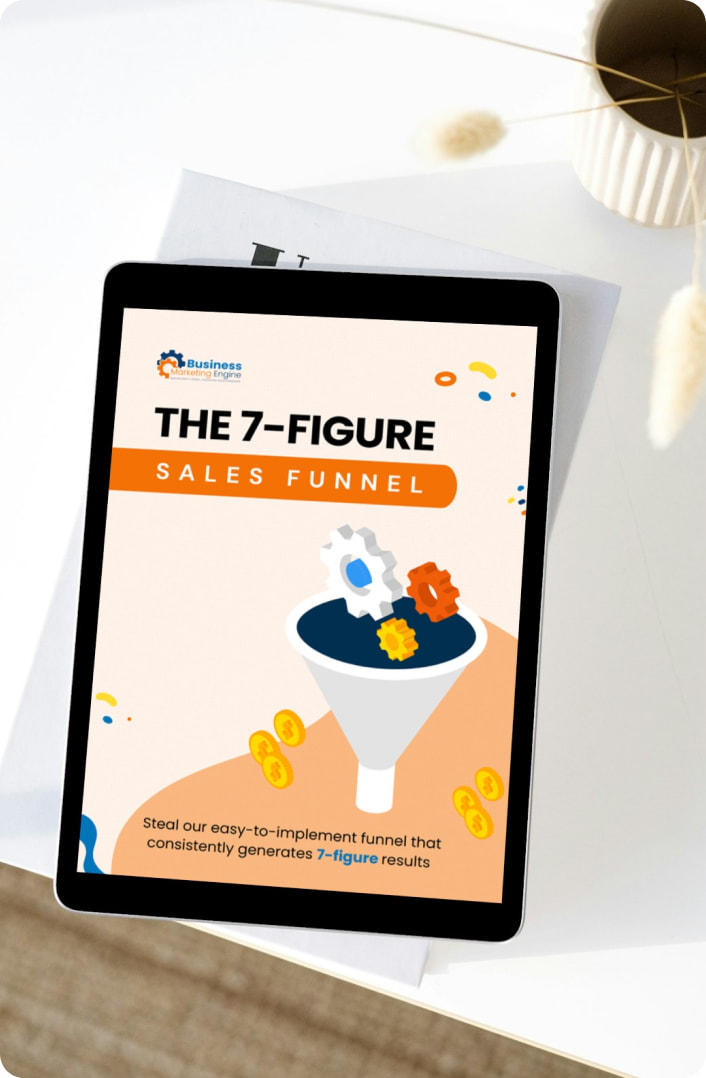In today’s business landscape, web design and SEO strategies work hand in hand to give people the best user experience.
How?
Web design enables fast-loading pages, appealing aesthetics and easy navigation— crucial elements for a good user experience. Conversely, search engine optimization (SEO) involves optimizing web content to rank higher in search engines and drive more organic traffic.
There’s no doubt that web design and SEO play important roles independently. However, is there an interdependency in their respective functions? Does web design affect your SEO and, in turn, your website’s search engine rankings?
This article will reveal the connection between web design and improving a site’s SEO performance. Discover also tips on how you could leverage a web design agency to reinforce your SEO endeavors.
Does SEO Work For Web Designers?
The simple answer is yes.
Design is vital in improving a website’s search engine results because user experience is a crucial SEO metric. Creating an easy-to-navigate site structure and incorporating visually appealing details enhances the user experience of audiences. But web design theory is only one facet of the entire picture.
Learning SEO best practices for web designers is necessary to be successful in siphoning the traffic everyone so covets. For example, using keyword-rich headings or informative alt text for images impact a website’s SEO.
The truth is an SEO expert and a web designer operates on two different planes. You can’t expect an SEO content strategist to do web design. But web designers should employ SEO tactics in their practice. Why?
Because even if all the content is information-dense, valuable and optimized, a poor web design SEO could erase all that. On the contrary, SEO-driven web design supports the SEO of your site’s content.
Wanna know a secret? Business Marketing Engine has a team of experts that completely understands how web design and SEO work. We use this knowledge to help our clients improve their search engine rankings. Not only through SEO-focused content but also by designing their web concerning good SEO practices.
Ensuring all aspects of your website are SEO-friendly is critical to dominating your category. Business Marketing Engine can help with that. Book a call.
 Why Does Web Design Always Matter in Your SEO?
Why Does Web Design Always Matter in Your SEO?
As web designers, it’s essential to not only create visually appealing websites. Undoubtedly, a user would appreciate being on a well-designed site rather than a bland black-and-white space. Since user experience is crucial in today’s era, this reality can never be more overstated. But we must also consider the aspects of our design choices on a website’s SEO.
Websites get ranked through search engine crawlers analyzing a page’s content and web design. Exceptionally optimized content is meaningless if the website lacks certain web design elements that subscribe to SEO.
This is where web design comes into play in SEO. The line between SEO and web design has blurred. Business owners should prioritize having their websites look great and perform splendidly in search results.
Your SEO may need better web design.
Poor web design is not only a question of aesthetics but of usefulness and relevance— SEO helps significantly in this regard. Perhaps right now, the only pervading question in your thoughts is, “what aspects of web design should I optimize?“
That’s what we’ll explore below. Check out some web design practices you can implement to improve your SEO.
Roles of Web Design in SEO
Enhance the Loading Speed
One web design aspect that dramatically affects SEO is loading speed. Remember when we said user experience is an important SEO metric? If you had to choose between waiting and getting accommodated immediately, which would you say is a better experience?
Loading speed is essential for your search engine results page ranking because no one wants to wait around slow-loading websites. If you need more clarification about your rate, there are free tools like this to measure how fast your website loads.
Ideally, websites should load entirely in less than one second. More than that and Google flags your page as slow, which impacts your SEO.
Here are some tips to improve your site speed:
- Minify the JavaScript and CSS files on your website
- Choose a better web hosting solution (like the one we use, contact us to find out!)
- Optimize HTTP requests
- Limit the use of redirects
- Make use of CDN or Content Delivery Networks
- Utilize caching solutions to reduce latency
- Implement compressed or small-file images
Speaking of images, there are other image aspects of web design where you can improve the SEO. Find them out in the next point.
Use Alt Text in Images
Alt text is an HTML attribute that describes an image’s content for web crawlers and visually impaired users. Adding appropriate alt text in images is excellent for SEO because it allows search engines to understand the content and context of your page.
Make sure to include relevant keywords in the description of your images by creating clear and descriptive alt texts. Here’s a pro tip: name the image file with the keyword before uploading it to your website.
For example, instead of naming your image “IMG12345.jpg,” try “blue-floral-dress.jpg” if it accurately describes the image.
 Improve the UX/UI
Improve the UX/UI
Like your website’s user experience (UX), the user interface (UI) is another essential aspect of web design SEO. Let me explain.
A website with poor UX/UI may result in high bounce and low conversion rates. This leads search engines like Google to think your website adds no value to users, which affects your SERP ranking.
By improving your website’s navigation and overall design, you can improve the user experience and boost your SEO.
Now, how do you improve your UX/UI?
Consider conducting user testing to gather feedback and make necessary improvements. Real-life users provide a more accurate reaction that search engine crawlers would never understand. Additionally, pay attention to the design of your website on mobile devices (more on this later!).
Work on the UX/UI of your website to improve the satisfaction of your users and your search engine ranking.
Optimize the Website for Mobile-friendly Platforms
In recent years, more people have used mobile devices for web searches than computers. As a result, search engines have prioritized optimized websites for mobile-friendly platforms. Making your website suited for mobile devices is necessary.
To ensure your website is mobile-friendly, use a responsive web design and test it on various devices. Content Management Systems like WordPress now offers themes that adapt to the device used.
Aside from themes, all other elements concerning your web design must seamlessly transition to the mobile device. Some images may be cropped out or misaligned in portable mode. Consider all these potential snags in mobile devices.
Keep in mind that mobile is not limited to phones but also tablets. So make sure your web design is suited for these devices as well.
Navigational Structure and Sitemap for website
One of the most overlooked elements of web design is navigation; however, it doesn’t deserve less attention for SEO. An easily navigatable website makes the user experience more enjoyable, possibly reducing bounce rates.
Now, how do you optimize your navigational structure? Here are some tips:
- Maintain a simple main menu by limiting the number of items and dropdowns to avoid confusion
- Avoid using complex words and technical jargon in the main menu
- Ensure that your main menu is always on top and accessible throughout the website
- Adding a search bar can help improve the navigational capacity of a website
- Use descriptive and concise texts on your web pages’ URL
- Also, use explanatory anchor texts on hyperlinks used for your website
Creating a sitemap, or having a clear hierarchy of web pages, is also something you must consider for SEO. Not only will this help users, but also web crawlers scour your website in an organized manner. This allows them to index your web pages more efficiently, potentially leading to higher rankings.
Use Creative Error 404 Web Pages
Some users are bound to encounter 404 error pages on your website. This is especially true if you have broken links or pages that no longer exist. These web pages add no sense of value to users. And it’s safe to say that your visitors will bounce once they encounter such an error in your website.
There’s just one caveat. If you could improve the look of your Error 404 page, you could keep your visitors glued to your site. Error 404 pages are not the end of the world; think of them as empty canvasses for creativity. Here are some tips to help you out:
- Instead of the generic 404 page, make your coherent with the theme of your web design
- Communicate that your visitor followed a wrong link (or an inexistent page)
- Insert some internal links that lead your visitors to other valuable content on your website
- Add a search bar to help them renavigate what it is they’re initially after
Web design and SEO today are two peas in a pod. They’re inseparable, and optimizing both fronts sets your website up for high-ranking SERP positions.
Next time you’re planning to design your website, remember to consider how it will impact your SEO efforts. Keep up with the latest web design trends and incorporate best practices for SEO. This ensures that your website looks great and performs well in search results.
OR…Here’s a better plan. Instead of doing it yourself, leave the SEO web designing to the pros at Business Marketing Engine. Our specially trained designers and SEO specialists work hand-in-hand to create optimized websites like no other. If you’re interested, give BME a call.

 Why Does Web Design Always Matter in Your SEO?
Why Does Web Design Always Matter in Your SEO? Improve the UX/UI
Improve the UX/UI



